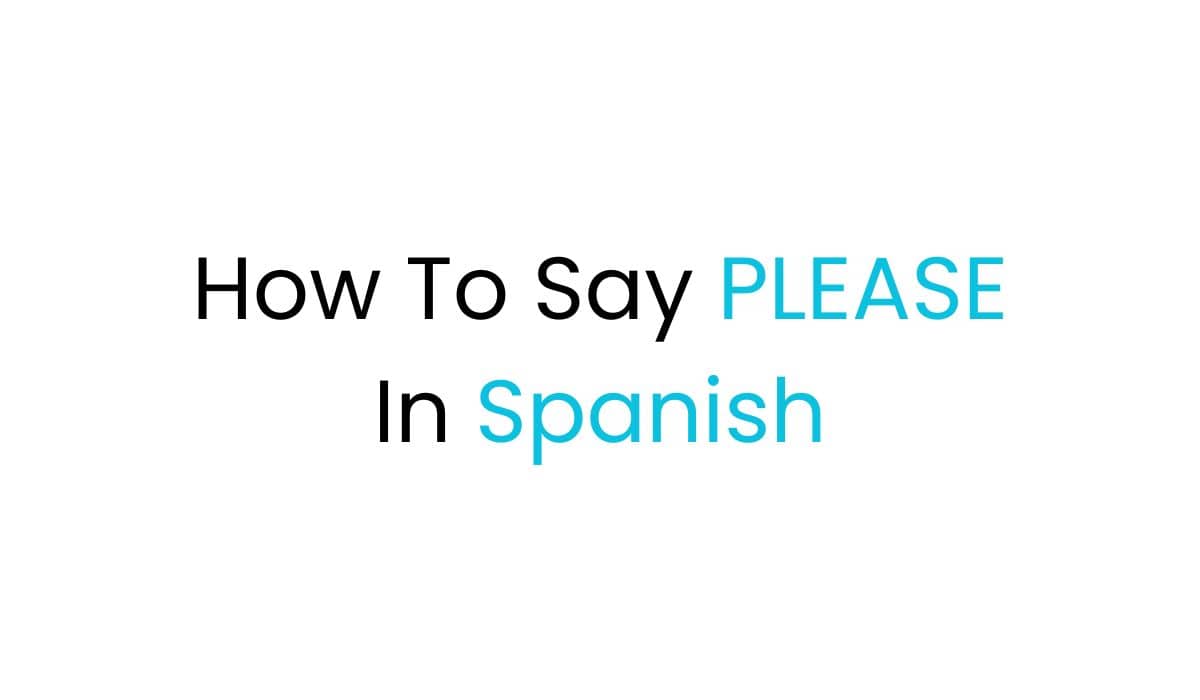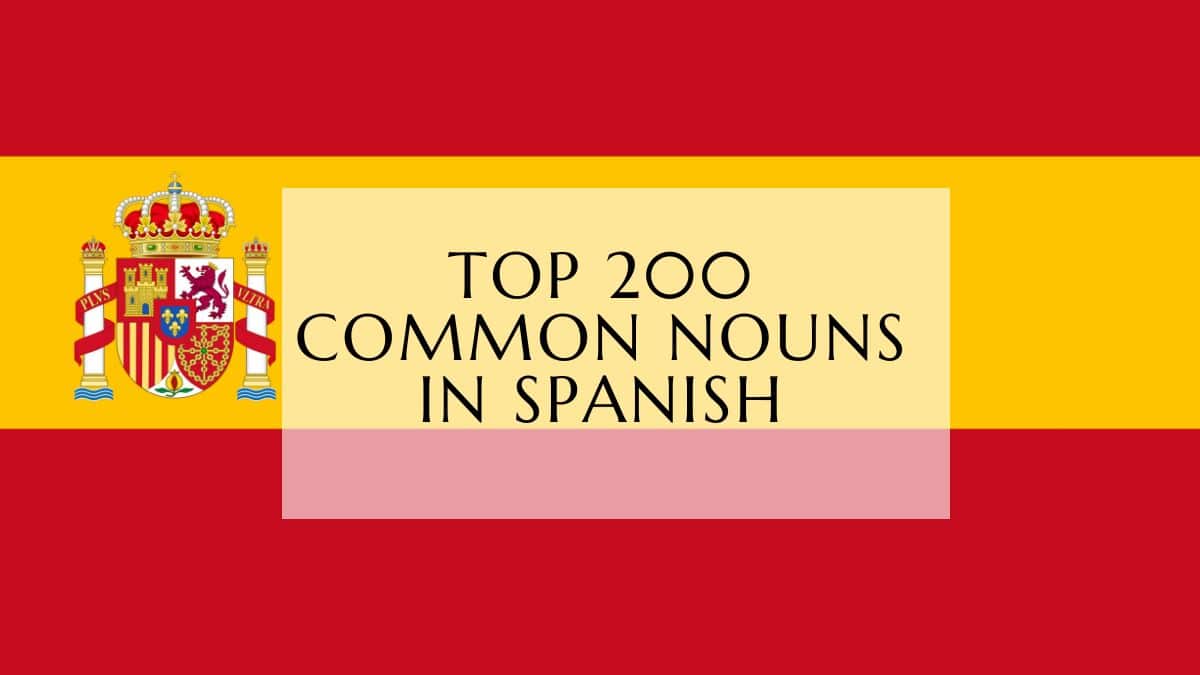Learning the Spanish phrase “por favor” (pronounced as “pour fah-vohr”) is key to understanding Spanish manners. It’s like saying “please” in English. Using it right can make your conversations smoother and leave a good impression with Spanish speakers.

Knowing when and how to use “por favor” is useful in many situations. It’s important for making requests or saying thanks. It’s a must-know for anyone learning Spanish, whether you’re just starting or getting better. It helps you talk with confidence and style.
Mastering the Spanish Phrase “Por Favor”
To say “please” in Spanish, use “por favor.” Say the “b” in “favor” softly and roll the “r.” It sounds like /poɾ faˈboɾ/. You use “por favor” when asking for something, like “¡Silencio, por favor! Estamos en clase” (Silence, please. We are in class) or “Buenas tardes, ¿me puede decir dónde está la panadería, por favor?” (Good afternoon, could you tell me where the bakery is, please?).
Common Contexts for Using “Por Favor”
“Por favor” is used in many situations. You might ask for help, order food, make polite questions, or say thanks early. It keeps your interactions in Spanish polite and considerate.
| Context | Example Phrase |
|---|---|
| Seeking help | “¿Puede ayudarme, por favor?” |
| Requesting a favor | “¿Puedes hacerme este favor, por favor?” |
| Ordering at a restaurant | “Quisiera una cena, por favor.” |
| Making a polite inquiry | “¿Dónde está el baño, por favor?” |
| Expressing gratitude in advance | “Gracias, por favor.” |
Using “por favor” in Spanish makes you sound more polite. It helps you connect better with Spanish speakers. Just remember to use it right, fitting the situation and how formal you want to be.
Expressing Gratitude: Responding to Requests
Learning to say “thank you” in Spanish is key. It’s not just about saying “por favor” (please) when asking for something. Saying “thank you” and “you’re welcome” shows you’re polite and thoughtful.
Saying “Thank You” and “You’re Welcome” in Spanish
The Spanish word for “thank you” is gracias. For a stronger thank you, use muchas gracias (thank you very much). When someone helps you or answers your request, say de nada (you’re welcome) or sin problema (no problem).
Knowing many ways to say thank you in Spanish can improve your language skills. Phrases like ¡Mil gracias! (Thank you a thousand times), Muchísimas gracias (Many, many thanks), and Gracias por todo (Thank you for everything) show deep thanks.
Using phrases like dale (okay) or gracias, amigo/a (thanks, friend) adds a personal touch. These phrases are great for different situations.
Saying “thank you” and “you’re welcome” in Spanish is key for being polite. It also helps you make stronger connections and leave a good impression. By using different words and understanding their cultural meaning, you show your thanks better.
How To Say Please In Spanish
The Importance of “Por Favor” in Spanish Etiquette
“Por favor” in Spanish is more than just a polite way to ask for something. It’s key to Spanish manners and etiquette. Using “por favor” shows you respect Spanish culture and care about being polite.
In Spanish, how you talk to someone depends on how well you know them. Saying “por favor” correctly helps you fit in and make a good impression. It’s all about being polite and showing respect.
Learning to use “por favor” is crucial for your Spanish skills. It lets you ask nicely, say thank you, and even apologize. Making “por favor” a part of your speech shows you’re thoughtful and considerate.
| Spanish Phrase | English Translation | Formality Level |
|---|---|---|
| Por favor | Please | Formal |
| Porfa | Please (informal) | Informal |
| Gracias | Thank you | Formal/Informal |
| De nada | You’re welcome | Formal/Informal |
| Perdón | Excuse me/I’m sorry | Formal/Informal |
Using “por favor” and other polite phrases makes you more confident in Spanish. It shows you know about Spanish etiquette and manners. Practicing to say “por favor” politely helps you talk better in many situations.
Polite Spanish Phrases Featuring “Por Favor”
The phrase “por favor” (meaning “please”) is key to being polite in Spanish. It’s used to make requests softer and more polite. By adding “por favor” to common phrases, learners show they know the language and culture well.
Here are some polite phrases that use “por favor”:
- “Mantenme informado, por favor” (Keep me informed, please)
- “Llámame pronto, por favor” (Call me soon, please)
- “¿Puede repetir, por favor?” (Could you repeat that, please?)
“Por favor” helps ask for information or actions in a polite way. It shows respect and consideration. This makes communication more positive and effective.
| Language | Word for “Please” | Usage |
|---|---|---|
| German | “Bitte” | Should follow requests |
| Italian | “Per favore” | Used at the beginning or end of sentences |
| French | Formal “S’il vous plait”, Informal “S’il te plait” | Used to say “please” |
| Greek | “Parakalo” | Translates to “from good” but means “thank you” |
| Portuguese | “Se faz favor” | Means “please” in Portuguese |
Knowing how “please” is used in different languages helps Spanish learners appreciate cultural differences. Using polite phrases in daily talks improves their communication and cultural understanding.
Shortening “Por Favor” for Informal Contexts
The standard way to say “please” in Spanish is “por favor.” But, there’s a shorter version called “porfa” for casual times. Use it with friends, family, or in laid-back social situations. However, it’s not good for formal situations like talking to authorities or in professional settings.
Here are some examples of when “porfa” is used: “¿Me das un boli, porfa?” (Could you give me a pen, please?) or “Venga, porfa, ¡tenemos que apurarnos!” (Come on, please, we have to hurry!). “Porfa” makes your requests sound friendlier and more casual.
When to Use the Informal Version “Porfa”
- Among friends and family members
- In relaxed, casual social settings
- When making informal requests or asking for small favors
- Avoid using “porfa” when speaking with authorities, strangers, or in professional situations
“Porfa” is a great informal way to say “por favor.” But, always think about the situation before using it. Knowing when to use “por favor” or “porfa” can help you communicate better and be polite in different situations.
Remembering “Por Favor” Easily
One easy way to remember “por favor” is to see it has the English word “favor” in it. This makes it easier to remember because you can think of it as asking for a favor, just like in English.
Breaking the phrase into words helps too. “Por” means “for” or “in order to”, and “favor” means “a kind act”. Together, they mean asking for a favor or a kind action from someone.
Think about when you use “por favor” in real life. It’s often when you order food, ask for directions, or need help. Seeing these situations can help you remember how to use “por favor” correctly.
Using “por favor” in your talks, even by yourself, also helps. The more you say it, the easier it gets. Remember, learning to say “please” in Spanish is key to improving your language skills and understanding the culture.
- Associate “por favor” with the English word “favor”. This trick makes it easier to remember the phrase and its meaning.
- Break down the phrase into its individual words. Knowing what “por” and “favor” mean can give you a better understanding of the phrase.
- Visualize common situations where “por favor” is used. Picture yourself ordering food or getting directions to remember when to use the phrase.
- Practice using “por favor” in your own conversations. Saying it often will make it feel more natural.
Follow these tips, and you’ll soon remember “por favor” easily. It’s a great way to improve your Spanish and connect with the culture.
Basic Spanish Greetings and Questions
Learning basic Spanish greetings and questions is key for successful conversations. These phrases help you start dialogues and handle social situations with ease.
Common Phrases for Starting a Conversation
The usual way to say “Hello” in Spanish is “Hola.” But there are more greetings for different times and settings:
- “Buenos días” (Good morning)
- “Buenas tardes” (Good afternoon)
- “Buenas noches” (Good evening/Good night)
To ask about someone’s well-being, say “¿Cómo está usted?” (How are you? – formal) or “¿Cómo estás?” (How are you? – informal). You might also ask “¿Qué tal?” (How’s it going?).
It’s important to know how to answer these greetings and questions too. You can say “Bien, gracias” (Fine, thank you) or “Muy bien, ¿y usted?” (Very well, and you?).
| Greeting | Meaning | Formality Level |
|---|---|---|
| ¡Hola! | Hello | Neutral |
| Buenos días | Good morning | Formal |
| Buenas tardes | Good afternoon | Formal |
| Buenas noches | Good evening/Good night | Formal |
| ¿Cómo estás? | How are you? (informal) | Informal |
| ¿Cómo está usted? | How are you? (formal) | Formal |
| ¿Qué tal? | How’s it going? | Informal |
Knowing these basic greetings and questions can really help you start and keep conversations going. It lets you connect with people who speak Spanish confidently.
Ordering Food and Drinks in Spanish
When you’re in a Spanish-speaking country, knowing how to order food and drinks is key. You’ll need to ask for the menu and tell the staff about any food allergies. Learning these phrases makes eating out smoother and more fun.
Essential Restaurant Vocabulary
Here are some important phrases for your Spanish restaurant vocabulary:
- “¿Puedo ver el menú / la carta?” (Can I see the menu?)
- “¿Qué quiere(s)?” (What would you like?)
- “Me pone(s) __ por favor” (Give me __ please)
- “¿Tienen __ ?” (Do you have __?)
- “Estoy listo/a para ordenar” (I’m ready to order)
Communicating Dietary Restrictions
Telling people about your food allergies or special diets is crucial. Here are some useful phrases:
- “Soy vegetariano/a” (I’m a vegetarian)
- “Tengo alergia a las nueces” (I’m allergic to nuts)
- “¿Lleva queso?” (Does it contain cheese?)
- “¿Es picante?” (Is it spicy?)
Learning these spanish restaurant vocabulary, how to order food and drinks in spanish, and communicating dietary restrictions in spanish will help you. You’ll feel more confident and ready for any dining situation.
Spanish Etiquette and Manners
Learning Spanish etiquette and Spanish manners and customs is key to having a great time with Spanish-speaking people. It’s not just about saying “por favor” (please) and “gracias” (thank you). There are many other things to keep in mind to show polite behavior in Spain.
Saying “Permiso” (Excuse me) when you pass someone or reach across the table is polite. When the food comes out, you can say “¡Que aproveche!” or “Buen provecho” (Bon appétit) to wish everyone a good meal. These actions show you respect and care for others.
Also, how you address people in Spanish can change a lot depending on where you are and the situation. It’s important to watch how people act and use the right way to talk to them. For example, in Latin America, women at work might be called “linda” (“cutie”) or “cariño” (“dear”), which is sweet but be careful with it if you’re not from there.
Spaniards are open but also humble, often avoiding talk about politics and not bragging about their wins or money. Knowing this can make social situations smoother and help you connect better with people.
Dining Etiquette in Spain
Dining in Spain has its own rules. Dinners usually happen between 9 pm and 11:30 pm, which is later than in many places. Young Spaniards often “pagar a pachas,” or split the bill evenly.
“La sobremesa” is a big deal in Spain, too. It means chatting for hours after a meal, often over wine or coffee. Saying a toast during meals and responding to the host’s toast is also something people do.
By getting to know and respecting Spanish etiquette and manners, you can improve your interactions. This makes your time in Spanish-speaking countries more meaningful.
Understanding Cultural Contexts
Learning to speak Spanish means understanding the cultural norms and expectations. Things like formality, personal space, and nonverbal cues change a lot in Spanish-speaking areas. Knowing about cultural differences in spain, spanish cultural norms, and cultural expectations in spanish-speaking countries helps avoid misunderstandings and shows respect.
For example, using “usted” or “tú” shows respect and relationship status in Spanish. Also, how close you stand and look at someone can change in Hispanic cultures, affecting conversations. Knowing these things helps you do better in social situations and connect with Spanish speakers.
Watching native speakers and learning from cultural resources can make you appreciate Spanish-speaking diversity more. Getting to know these cultural aspects improves your language skills and builds better understanding and respect across cultures.
Oualid Cheddadi is the founder of Lingualid, a platform that inspires independent language learners worldwide, regardless of the language they are learning. The name “Lingualid” is derived from the Portuguese word for “language,” “língua,” and the last three letters of Oualid’s name, “Lid.”



